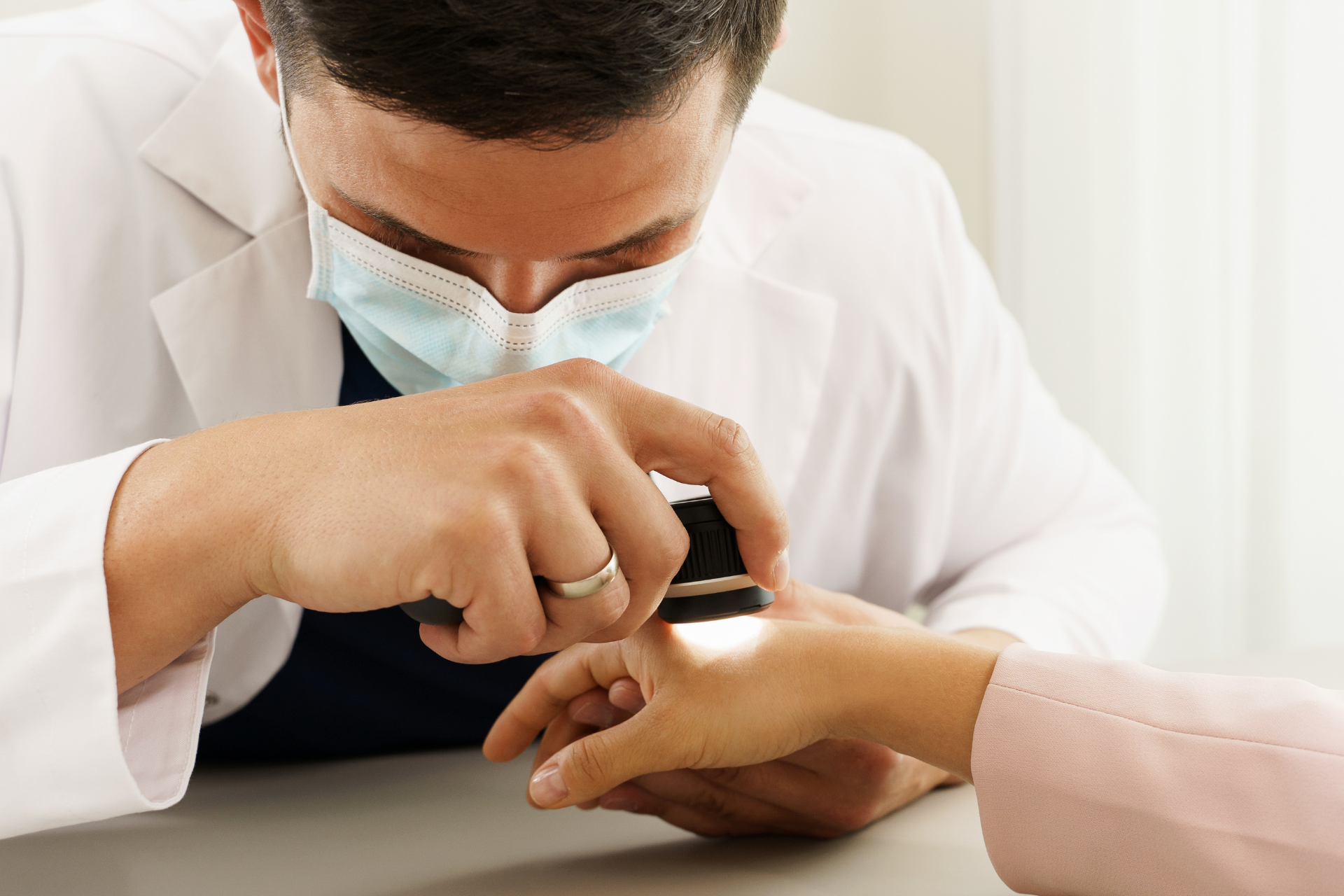The Top 10 Benefits of Regular Skin Check-Ups: Why Early Detection is Key

At Fall Creek Skin and Health Clinic, we understand the importance of maintaining healthy skin. Regular skin check-ups are not just about vanity; they are essential for your overall health and well-being. Here are the top 10 benefits of scheduling those regular visits, focusing on why early detection of skin issues can make a significant difference.
1. Early Detection of Skin Cancer
One of the most significant benefits of regular skin check-ups is the early detection of skin cancer. Skin cancers, including melanoma, basal cell carcinoma, and squamous cell carcinoma, can be treated effectively if identified in their early stages. Dermatologists at Fall Creek Skin and Health Clinic conduct thorough examinations, ensuring that any suspicious moles or growths are assessed promptly.
2. Managing Skin Conditions
Many individuals suffer from chronic skin conditions such as acne, eczema, or psoriasis. Regular visits allow our specialists to monitor these conditions, adjust treatments as necessary, and provide valuable advice on managing symptoms effectively.
3. Personalized Skin Care Advice
During your skin check-up, your dermatologist can recommend personalized skin care routines tailored to your skin type and specific concerns, whether it’s anti-aging, hydration, or sun protection. We take the time to understand your lifestyle and needs to help you achieve healthy skin.
4. Education on Skin Health
Skin health education is a vital part of our mission at Fall Creek Skin and Health Clinic. Our professionals take the time to inform patients about the importance of skin care, the risks of UV exposure, and how to properly use sunscreen and other protective measures. Knowledge is power when it comes to maintaining skin health.
5. Identifying Risk Factors
Some individuals are more prone to skin issues due to genetics, lifestyle, or environmental factors. Regular check-ups can help identify these risk factors early, enabling you to take preventive measures.
6. Reducing Healthcare Costs
While it may seem counterintuitive, regular skin check-ups can reduce overall healthcare costs. By identifying and treating skin issues early, patients avoid more complex treatments down the line. Early intervention often leads to simpler, less costly procedures.
7. Boosting Confidence and Self-Esteem
Healthy skin contributes significantly to your confidence and self-esteem. Regular skin check-ups can help you maintain your skin's health, allowing you to feel more comfortable in your skin and improving your overall mood.
8. Building a Comprehensive Health Profile
Regular visits to the dermatologist help in building a comprehensive health profile. This can be invaluable for monitoring changes over time and understanding how various health conditions or medications can impact your skin.
9. Creating a Partnership with Your Provider
Regular check-ups foster a trusting relationship between you and your healthcare provider. This partnership encourages open communication, making it easier for you to share concerns, symptoms, or changes in your skin.
10. Peace of Mind
Finally, knowing that your skin health is being monitored by professionals offers peace of mind. This reassurance can reduce anxiety related to potential skin issues and allow you to enjoy life without undue concern about what might be lurking beneath the surface.
In conclusion, regular skin check-ups at Fall Creek Skin and Health Clinic are an investment in your health. From early detection of skin cancer to personalized care and tips, these appointments are crucial in maintaining and enhancing your skin’s health and appearance. Ensure you schedule your next check-up today for a healthier tomorrow!




